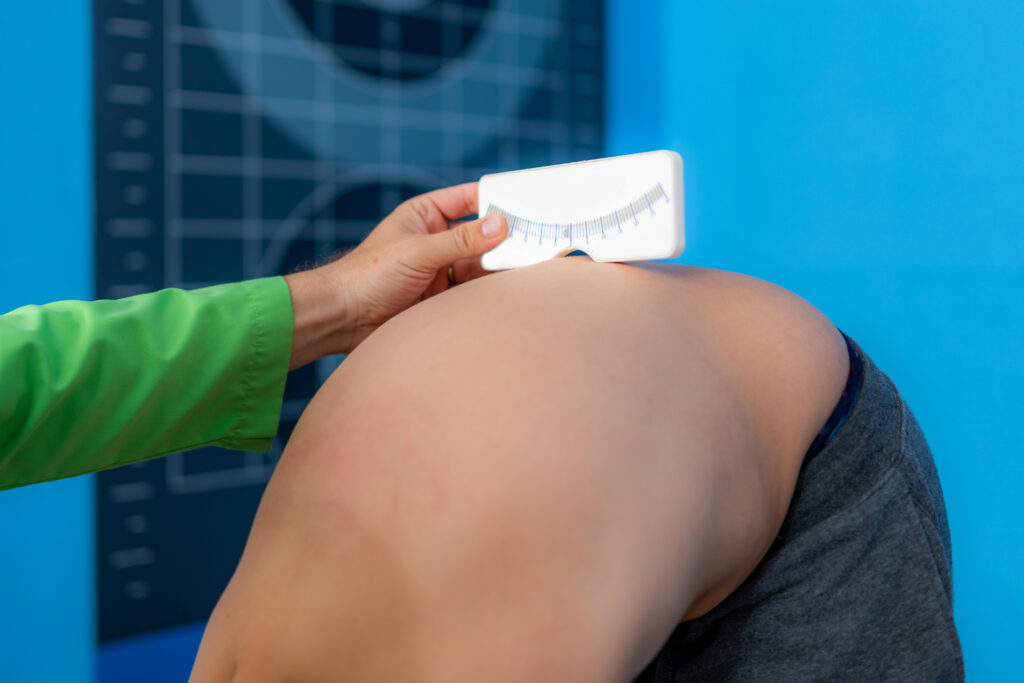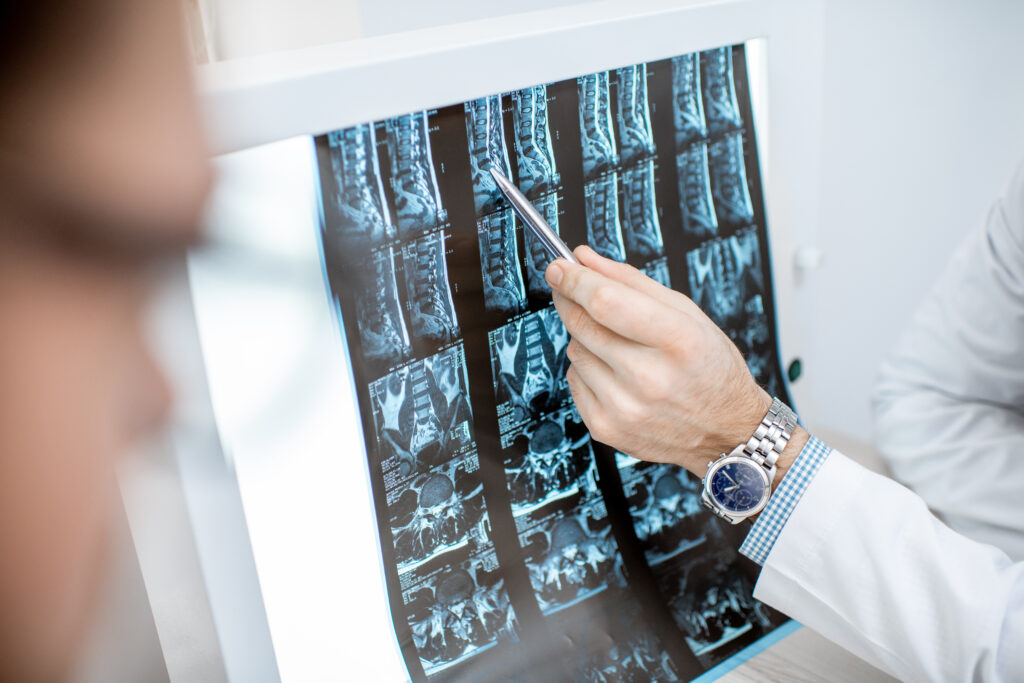Scoliosis, a lateral curvature of the spine, raises questions about the threshold at which surgical intervention becomes necessary. But what degree of scoliosis requires surgery? The decision to undergo scoliosis surgery is not a one-size-fits-all scenario, and various factors contribute to the determination of the degree of curvature that warrants surgical consideration.
Understanding the Medical Model
The medical community often relies on specific degree measurements to determine the necessity of scoliosis surgery. In growing children, the conventional approach suggests considering surgery when the curvature reaches 40 to 45 degrees. However, it’s essential to note that this doesn’t imply unanimous agreement within the medical field, as there are differing opinions on when surgical intervention is truly warranted.
Questioning the 40 to 45 Degree Threshold
While the medical model proposes surgery for curves ranging from 40 to 45 degrees in growing children, skepticism arises. Is this degree range truly indicative of the point at which surgery becomes a necessity, or does it leave room for individualized considerations? It is crucial to explore beyond the numerical benchmarks and delve into the practical implications of such recommendations.
Transitioning to Adult Scoliosis
As individuals transition from adolescence to adulthood, the degree threshold for recommending surgery shifts to 50 to 55 degrees. This raises an intriguing question: why the sudden increase in the recommended degree range? The key lies in the fact that adults are less prone to rapid progression of scoliosis. Unlike in growing children, where the spine is still developing, adults experience a slower rate of progression, challenging the urgency of surgical intervention.
Progression vs. Rapid Progression
Understanding the distinction between progression and rapid progression is crucial in evaluating the necessity of scoliosis surgery. While scoliosis is inherently progressive, the pace of progression in adults is significantly slower. This distinction becomes the rationale behind the shift in the recommended degree range from 40-45 to 50-55 in the transition from growing children to adults.

What Degree of Scoliosis Requires Surgery?
Challenging the conventional medical stance, some experts argue that surgery is rarely a necessity for scoliosis in adults within the 50-55 degree range. This challenges the preconceived notion that surgery is an imperative solution at a certain degree of curvature. The slow progression in adults, coupled with alternative treatment options, prompts a critical examination of whether surgery is genuinely needed or if it becomes a personal choice.
Factors Influencing the Decision
Scoliosis surgery, even in large curves, is often a matter of choice rather than an absolute need. Factors such as patient preferences, aversion to exercise regimens, and cosmetic concerns can sway the decision-making process. The desire for a quick fix or dissatisfaction with the aesthetics of the condition may lead individuals to opt for surgery, despite potential drawbacks like a prominent scar and the inherent risks associated with major spine surgery.
Cosmetic Considerations
Addressing the cosmetic aspect of scoliosis is a complex issue. While surgery can correct some cosmetic concerns, it may not entirely alleviate them. Patients must weigh the potential benefits against the aesthetic compromises and long-term consequences of undergoing a major surgical procedure. Understanding the trade-offs becomes essential in making an informed decision regarding scoliosis surgery.
Conclusion
The question of what degree of scoliosis requires surgery is a nuanced and individualized consideration. While medical models propose specific degree ranges, it’s crucial to recognize the diversity of opinions within the medical community. The transition from childhood to adulthood introduces additional complexities, emphasizing the importance of understanding the nature of scoliosis progression in different age groups. Ultimately, the decision to undergo surgery should be a well-informed and personalized choice, taking into account not only the degree of curvature but also the patient’s preferences, lifestyle, and potential long-term implications.
Also read: What Should I do if my Child has Scoliosis?
About:
Dr. Strauss is the director of the Hudson Valley Scoliosis Correction Center in New York. He has been actively engaged in scoliosis treatment for the past 30 years and has authored two books on the subject, Your Child Has Scoliosis and The Truth About Adult Scoliosis.
He is Vice President of the CLEAR Scoliosis Institute and a lecturer for their introductory and advanced workshops. He is certified in scoliosis bracing and in the use of scoliosis specific exercises. Dr. Strauss is a graduate of the ISICO World Masters of Scoliosis.His postgraduate studies also include a Masters Degree in Acupuncture as well as training in Grostic, Pettibon, CBP, Clinical Nutrition, Chinese Herbal Medicine, Manipulation under Anesthesia, and Electrodiagnosis.
His scoliosis practice has treated patients from 25 states and 32 other foreign countries.If you have questions about childhood and adult scoliosis and how it can be successfully treated without surgery subscribe to our channel!
